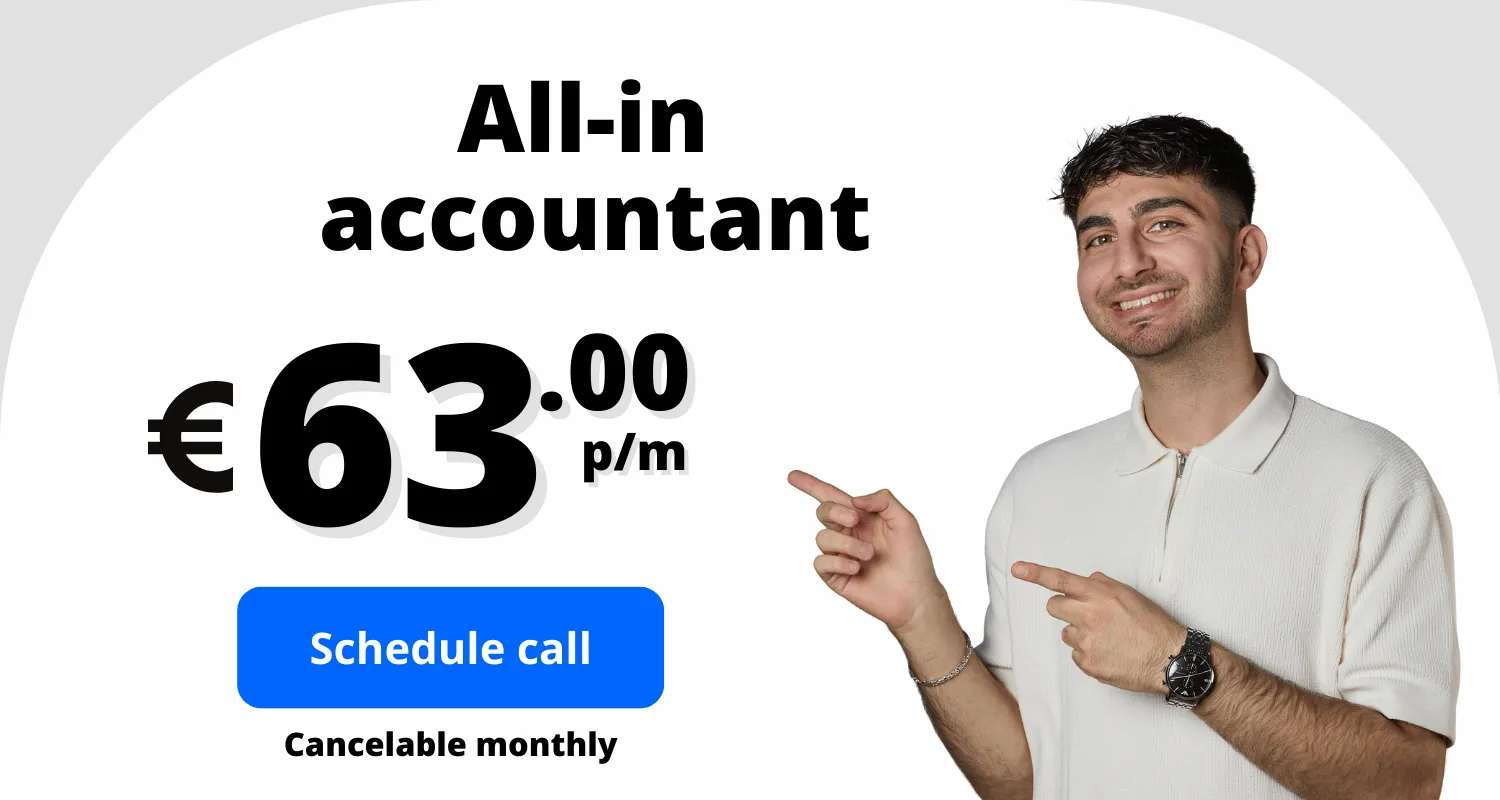What is a VAT identification number (VAT number)?
The VAT identification number is the number you use in your communication with customers and suppliers. You put this number on your invoices, your website and quotations. Since 2020, this number no longer contains a BSN. It is intended for external use and protects your privacy. A VAT ID always starts with NL, followed by nine digits, the letter B and a two-digit check digit. You also use the number as a VAT number abroad.
Sample number: NL123456789B01
Apply for VAT number
You don't have to take any action yourself to get your VAT number. After registering with the Chamber of Commerce, you will automatically receive it from the Tax and Customs Administration. You will usually receive it by post within 10 working days. Your VAT number only comes once the Tax and Customs Administration has designated you as a VAT entrepreneur.
Check VAT number
You can check a VAT number via the VIES system from the European Commission. This is especially useful if you do business within the EU. It allows you to check whether the number is valid and whether the name and address details are correct. This way, you avoid errors on invoices when trading internationally.
What is a VAT number?
A VAT number is exactly the same as your VAT identification number. VAT stands for Value Added Tax, the English translation of VAT. International communication asks for your VAT number, but you simply give your Dutch VAT ID. The format is the same: NL123456789B01. It is important to use this number when trading with foreign customers or suppliers within the EU. This shows that you are registered as an entrepreneur for VAT purposes.
Sample number: NL123456789B01
What is a sales tax number (OB number)?
You only use the OB number for communication with the tax authorities. You do not put this number on your invoices or website. For sole traders, the OB number is directly linked to your citizen service number. It consists of your BSN, followed by the letter B and a serial number (usually B01). For other legal forms, it is based on the RSIN. You use this number when submitting returns and in correspondence with the tax authorities. This number is internal and never intended for customers or suppliers.
Sample number: 123456789B01
Difference between VAT ID and VAT number
There is no difference between a VAT ID and a VAT number. Both refer to the same number. VAT id is the Dutch name, VAT number is the English variant. The number remains exactly the same. So once you have a VAT ID, you can use that as a VAT number when trading internationally.
Difference between VAT ID and sales tax number
You use the VAT ID outwardly: for customers, suppliers and your website. You only use the OB number for contact with the tax authorities. The VAT ID is separated from your BSN to protect your privacy. The OB number is linked to your BSN (or RSIN in the case of other legal forms). Please note that systems such as VIES do not recognise your OB number. Only your VAT ID is valid for this purpose.
When to use which number (Examples)
The table below shows the numbers to be used for each different situation.
| Situation | Number you use |
| Send invoice to customer | VAT identification number |
| Corporate website | VAT identification number |
| Contact with the tax authorities | Sales tax number |
| VIES check (EU VAT check) | VAT identification number |
| International sales EU customer | VAT identification number |
| Filing a sales tax return | Sales tax number |
Using the wrong number could lead to error messages, invalid invoices or confusion with the Tax Office or customers.
How do I get a VAT identification number and a sales tax number?
You get both numbers automatically after registering with the Chamber of Commerce. The Tax and Customs Administration assesses whether you are an entrepreneur for VAT purposes. If so, you will receive your VAT ID and OB number by post within 10 working days. So you do not have to apply for anything yourself. In exceptional cases, for example if you do not work through the Chamber of Commerce, you register directly with the Tax and Customs Administration. They will then send you the necessary numbers after approval.
Where can I find my VAT and OB number?
You can find your VAT ID and sales tax number in Mijn Belastingdienst Zakelijk. Log in with DigiD or eHerkenning and look at your VAT details. There you will find both numbers listed in an orderly manner.
View our manual for step-by-step explanations.






